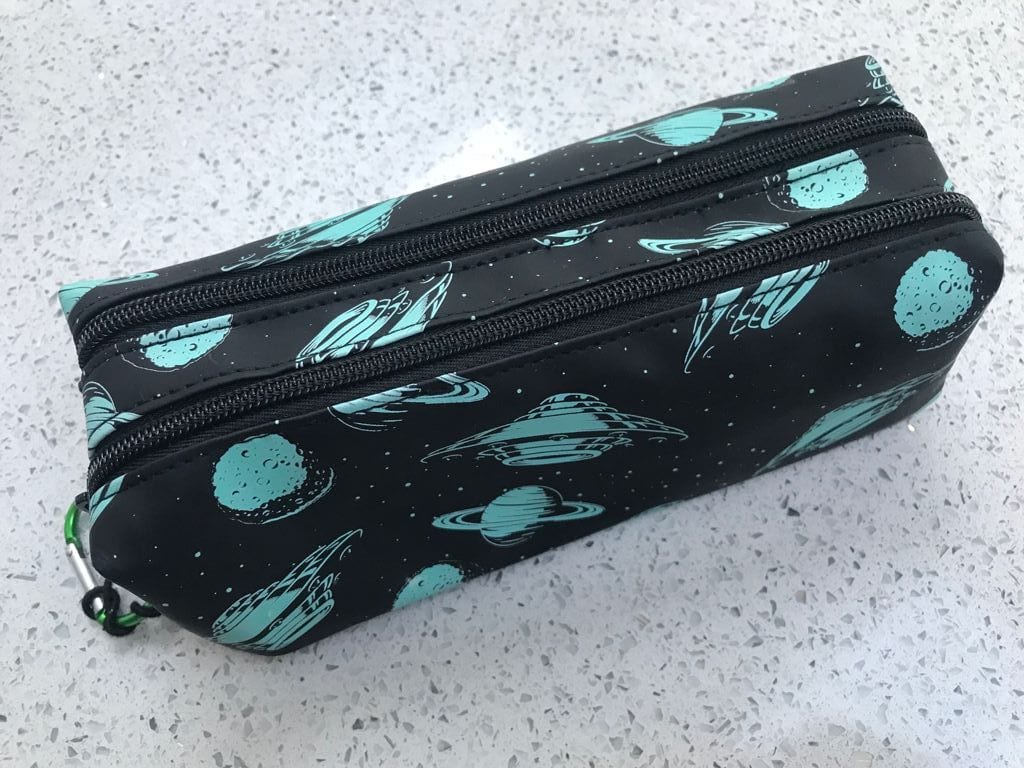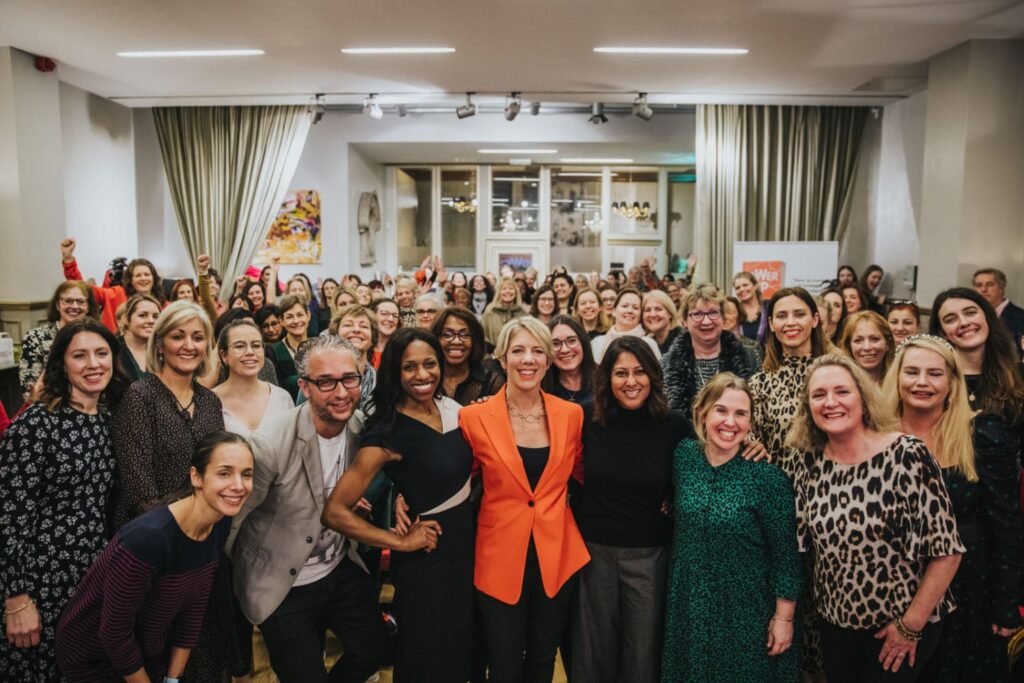
This picture is of my daughter’s new pencil case – she wanted something that would make her heart sing, as opposed to her old one which made it sink!
It’s the same with goals. We can start the year with a clear vision of where we want to be or what we want to become, but over time, especially after a break, we can lose sight of what we need to do to get there.
Just like starting back at school or going back into the office after holidays, September is a great month to realign your vision (where you want to go) with your strategy (how you’re going to get there).
A good place to start is to consider the life you’re leading, events you’ve lived through and events coming up and think about what you want out of those situations.
Look at your hopes, dreams, goals, and objectives and what you want to attain. Getting super clear on what you want and expressing it to others isn’t selfish, its self-ful. Value yourself and your rights, but make sure you consider the world around you too, so that this doesn’t tip over into arrogance or self-righteousness.
The questions below have been designed to help you increase your awareness of your purpose, as well as your identity, values, and beliefs. All these are sources of your power.
- Knowing what gets measured gets done’ what goals are you aiming to achieve over the next six, twelve, eighteen months?
- How about in five or ten-years’ time, where would you like to be then? What would you like to be doing? Who would you like to be?
- If you visualise yourself fully standing ‘in your power’, what will people see, hear, and feel in your presence and what goals will you have accomplished to get there?
Now think about your boundary lines. These are usually directly linked to your values and represent those areas of your life where you’re not prepared to compromise.
For example, my number one value is respect and so I have very clear boundaries which dictate what I consider to be acceptable and unacceptable behaviour. I know this because I have an extreme reaction when I believe someone is being disrespectful, either to another person or the environment. And will harness the powerful reaction that I experience when I witness this to call it out, assertively; for example, pointing out when someone’s deliberately dropped litter or insisting that someone be allowed to finish their sentence has been interrupted.
To help you identify your boundaries, complete the table below by listing in the first column the values and behaviours that are significant to you. Then write down what is ‘ok’ in relation to that, i.e. within your boundary, and in the final column what is ‘not ok’, i.e. outside your boundary. I’ve provided a couple of examples below to get you thinking.
As we pack up our real or metaphorical pencil case, maybe it’s also time also to reflect and set our own goals on what we want to achieve and see what difference this makes.
All tips are taken from my book, Power Up, available on my website or all online bookstores.

About the author
Antoinette Dale Henderson is a leadership coach, speaker, and author specialising in executive presence and gravitas. With over 25 years in communications, she empowers leaders to increase their influence and impact through her Gravitas Programme and best-selling books, Leading with Gravitas and Power Up.

